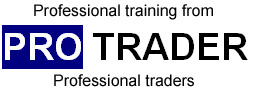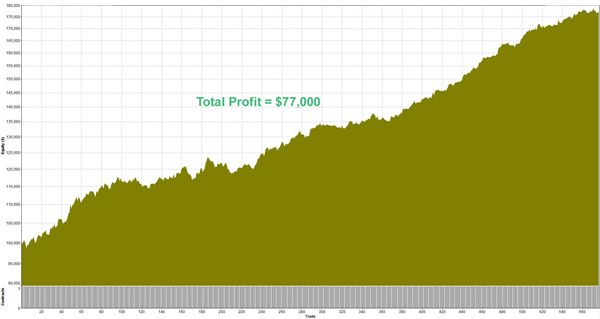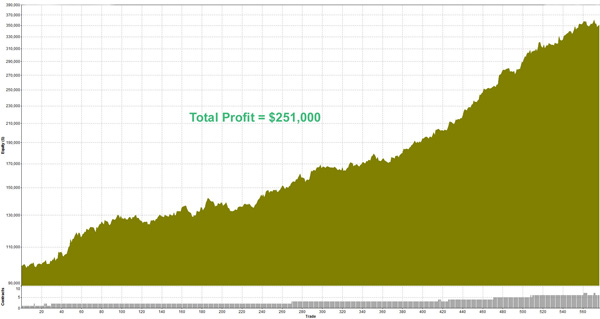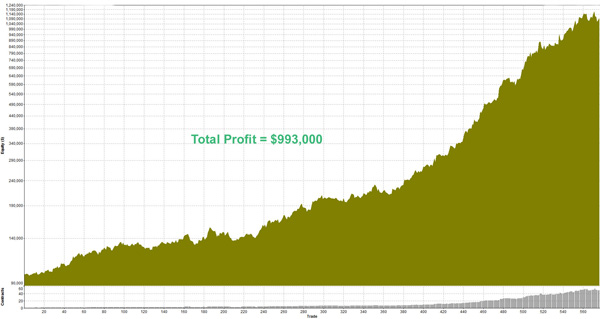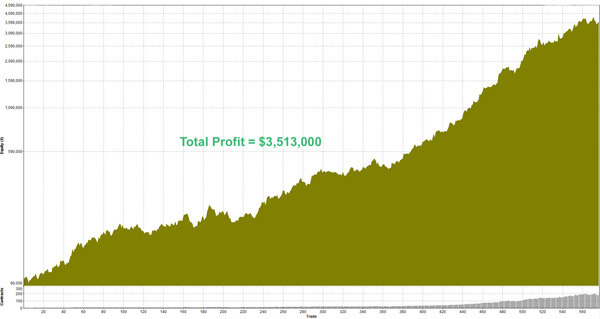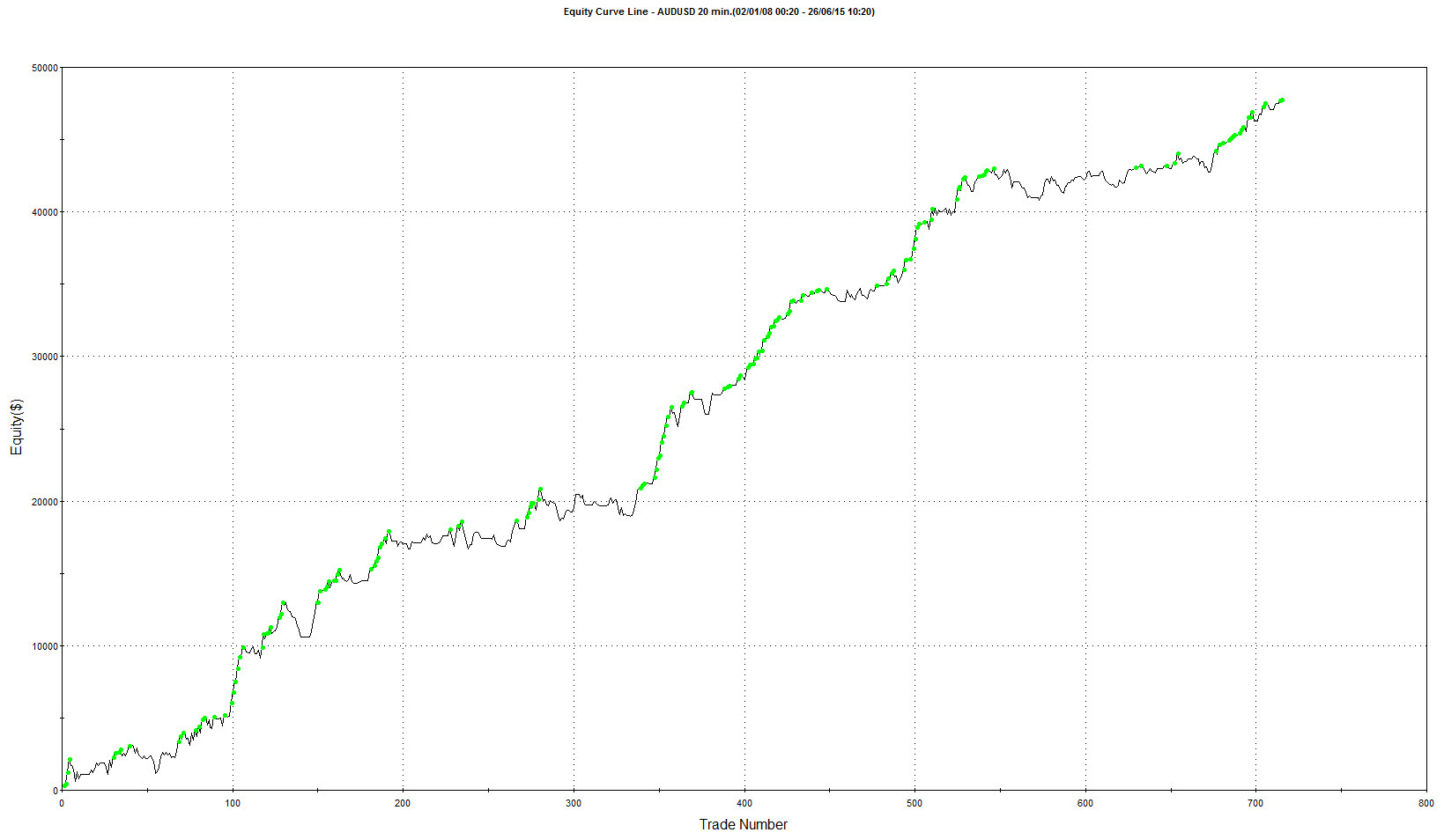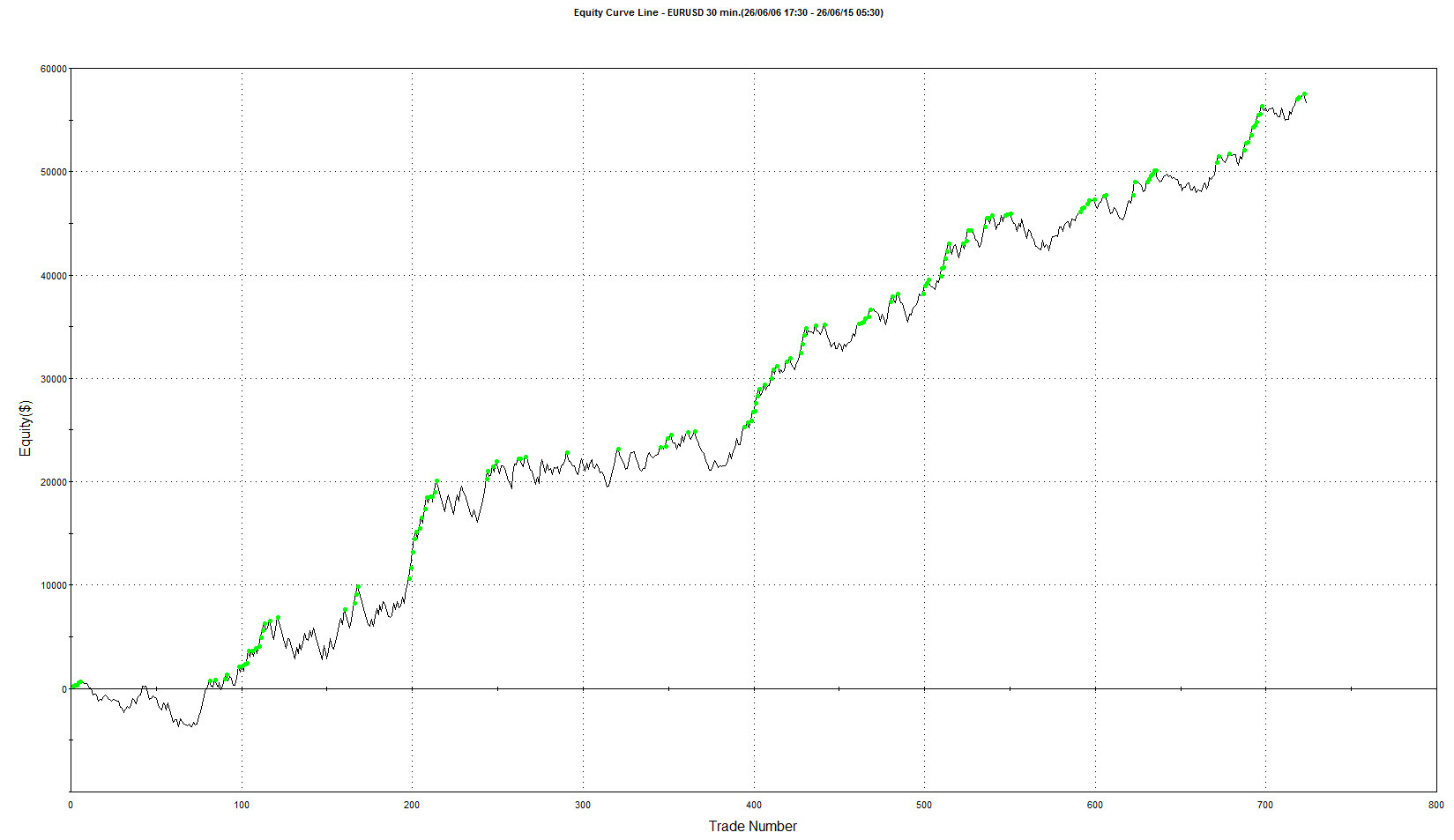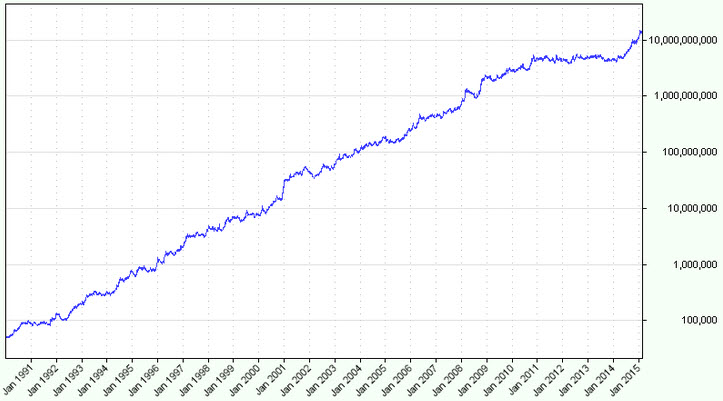In my younger says I traded individual shares and options quiet extensively and to be honest my results were generally disappointing. It was a rare year where I would greatly over perform the main indexes despite subscribing to umpteen tip sheets and market research reports. Often exceptional gains made in one year were given back in the next or subsequent years. This is the experience of most private investors.
There are many reasons why profitably trading individual shares with any consistency is much more difficult than one would think. High among these reasons would be the regular bear markets that we encounter. A bear market is generally described as a fall of at least 20% and we have had one such fall on average every 4 or 5 years since the 1930’s. Most private investors get crucified in these markets and at that stage become aware of the unadvertised shortcomings of the “Buy and Hold” approach.
However I do not want to dwell on Buy and Hold horror stories but rather to identify some additional risks that we expose ourselves to when trading individual shares compared to for instance day trading emini contracts or even swing trading the emini indexes.
There are of course risks in all types of trading and we can never eliminate them all. However one of our first goals must be to try and minimise or eliminate those that we are not otherwise able to control, quantify or anticipate through our research.
Trading individual shares carries additional unnecessary risks and limitations that we do not have when trading emini indexes.
Market risk:
You may do all of your research and correctly pick a genuinely great individual company that should perform well in the future. However if the market suffers an external shock, or just a big sell off ,all of that research almost certainly will come to nothing as everything gets marked down. As that stock market saying says a rising tide carries all ships – trouble is a receding tide beaches all ships !
Two other apposite sayings are “never confuse genius with a Bull market” and “There is nothing like a Bear market to disabuse an investor of the notion that he is an investment genius”
Sector Risk:
Again you have diligently carried out all of your research and alighted on a great company with great management and prospects. However If that sector falls out of favour (and for instance price earning ratios for that sector are marked down as is often the case) then again chances are high that your selection will also under perform. This could also be against a backdrop of an otherwise rising market. Ie individual sectors can fall in a rising market and generally all or most ships in that sector will rise or fall with it.
Individual company risk:
Even if an investor is right on overall market direction and on sector selection he may still choose stocks that have particular problems of their own. Problems that are impossible to anticipate, research or plan for.
You cannot, for instance, anticipate bad management decisions taken within a company or fraud or manipulation of the accounts figures (Tesco ?) or just bad systems or product control or even bad luck (BP ?).
When we trade the emini S&P futures we are trading an index comprising 500 individual US companies. This means that whilst we cannot eliminate market risk we have effectively minimised both sector risk and individual company risk. If BP has another “accident” or Tesco adds its numbers up wrongly again whilst the individual share price may well drop by 30% the index of which it is a small component may drop by less than a few percent. The same applies to suddenly out of favour sectors. Sector valuations may drop substantially but the main index will suffer a much smaller move.
Also with emini trading market falls and Bear markets can far more easily be profitably traded than one can with stocks and shares so to the emini daytrader they actually present another great trading opportunity rather than the hazzard they present to stockmarket investors.
The Protrader emini trading course teaches you how to profitably trade these instruments whilst still minimising risk but maximising leverage.
